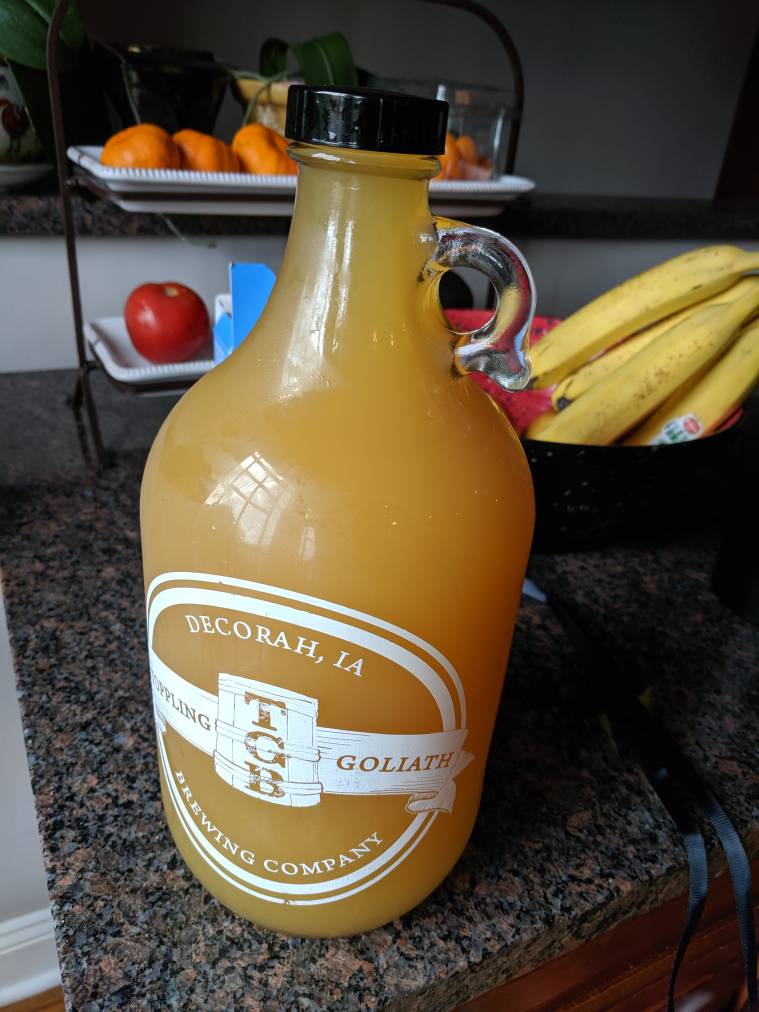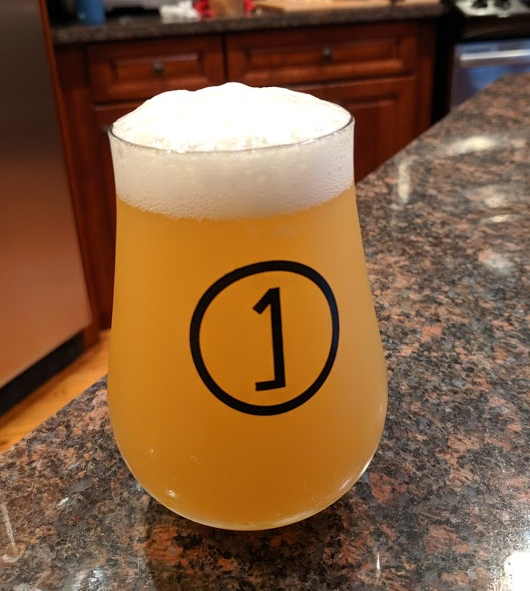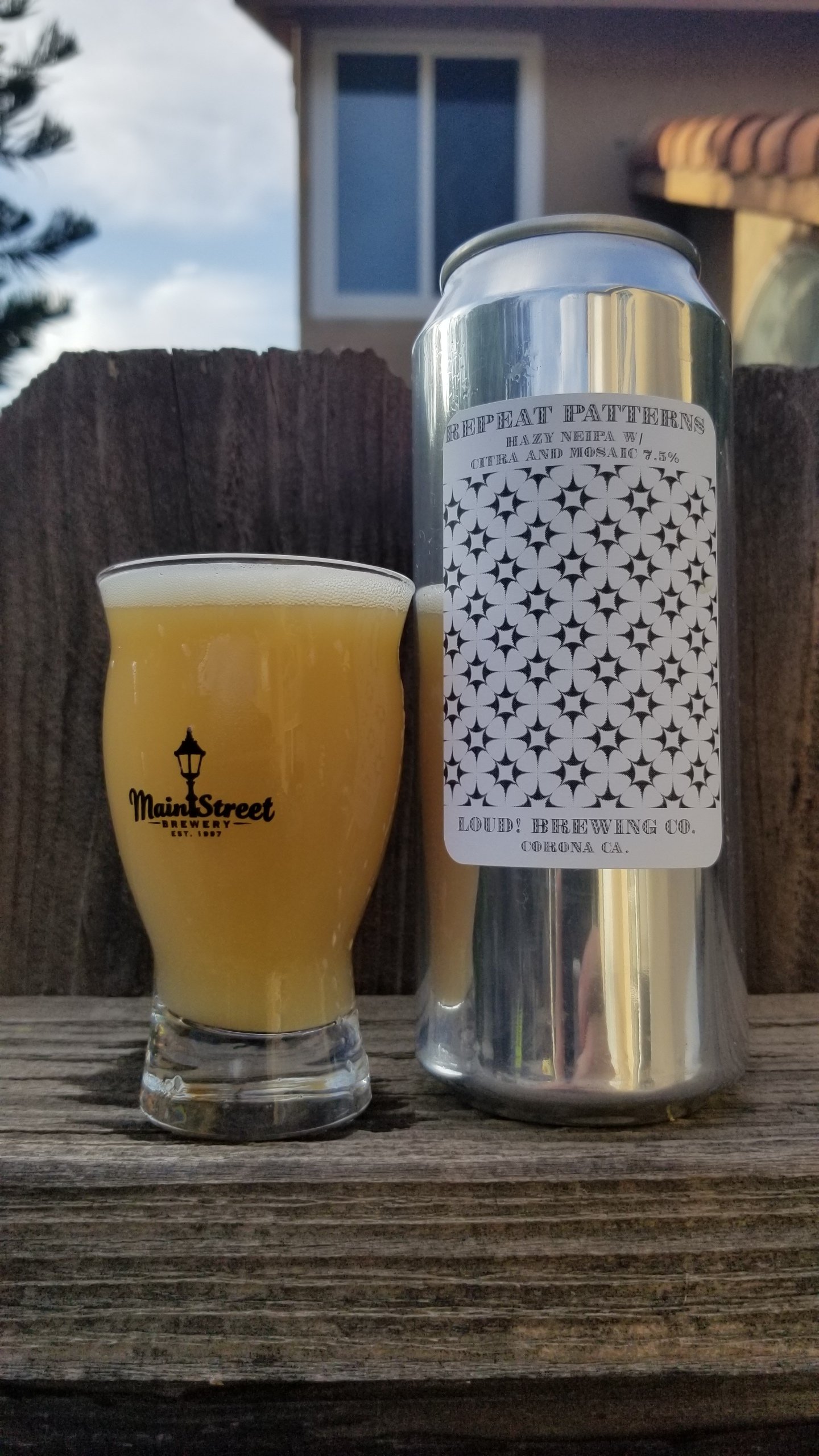stickyfinger
Well-Known Member
A friend of mine and I live in New York State, and we have been drinking various amazing NEIPAs and other IPAs for several years now. He is right now in Oregon tasting several of their offerings, Rogue and others. He says that the NWIPA and WCIPA styles are also delicious, and he grew up with them as an Oregon native and a huge fan of clear IPA such as Rogue and Stone and others. They were the styles that he grew up with. He comments that they are more bitter in general but have excellent hop flavor. His final synopsis after this excursion back to the west coast clear IPAs is that the NEIPAs are better in terms of juicy overwhelming hop flavor. His only complaint is that many of the current NEIPAs don't have either enough bitterness or maybe crispness for him.
So, I'd say in answering your question that it is possible to make beers that are clear and maybe pretty good mouthfeel, but they won't be as hoppy as NEIPAs or hazy IPAs. I've made hazy WC style IPAs that I loved. They are very different from most NEIPAs, and they are different from more classic, clear Westerly IPAS. They can have excellent mouthfeel and great hoppiness, but they differ in that they maybe use Chico and have a very assertive bitterness.
I am starting to think that we will reach a point where we stop defining IPAs as hazy, WC, NW, NEIPA, etc. and just give them a name and see if people like them. some will like more bitter versions, some no bitterness, some clearer, some hazier. Some might be bitter and hazy. Some might be hazy and soft. Some might be really dank and hazy or dank and clear. It's just a huge range of characteristics.
The final comment is that I don't see how the most flavorful, hoppy beers can be really clear. Maybe I'm wrong though.
So, I'd say in answering your question that it is possible to make beers that are clear and maybe pretty good mouthfeel, but they won't be as hoppy as NEIPAs or hazy IPAs. I've made hazy WC style IPAs that I loved. They are very different from most NEIPAs, and they are different from more classic, clear Westerly IPAS. They can have excellent mouthfeel and great hoppiness, but they differ in that they maybe use Chico and have a very assertive bitterness.
I am starting to think that we will reach a point where we stop defining IPAs as hazy, WC, NW, NEIPA, etc. and just give them a name and see if people like them. some will like more bitter versions, some no bitterness, some clearer, some hazier. Some might be bitter and hazy. Some might be hazy and soft. Some might be really dank and hazy or dank and clear. It's just a huge range of characteristics.
The final comment is that I don't see how the most flavorful, hoppy beers can be really clear. Maybe I'm wrong though.
I asked this question over in another thread but thought I might get a better educated, or maybe just more biased, answer here.
Is it possible to make a beer that has the flavor and mouth feel of the hazy craze beers without the haze? Personally I like the hazy juicy style so I am not disparaging it, just curious. Can we get the flavors and feel without the haze or is it a side effect of what it takes to get there?






